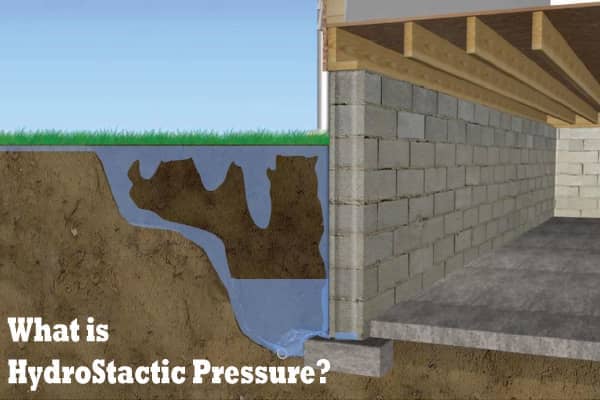Not known Facts About Best Basement Waterproofing
Not known Facts About Best Basement Waterproofing
Blog Article
7 Easy Facts About Best Basement Waterproofing Explained
Table of ContentsThe 25-Second Trick For Best Basement WaterproofingBest Basement Waterproofing - TruthsThe 7-Second Trick For Best Basement WaterproofingBest Basement Waterproofing - Questions
What triggers water damage issues in your basement? Right here are a few things to search for: when the structure of your home is compromised, water is excellent at sneaking in between small fractures and gaps and causing damage. Pipelines that line the inside of your wall surfaces are just one example of where water damage can happen.The dirt and ground of your home is extremely important. If there is way too much water surrounding your home, nevertheless, it can press the dirt into your home and cause the seals of your basement to become endangered. when you see excess water in position where it ought to not be, that is an extremely good sign that you have a problem.
Concrete waterproofing coatings are cement-like; once dry, they stick completely to concrete and stonework wall surfaces. You apply the finishing with a heavy brush made with bristles swirled throughout application for an eye-catching, completed look. However, concrete water-proof finishings can not be related to previously repainted surfaces Silicate-based concrete sealants, likewise referred to as densifiers, are likewise appropriate just for walls that have not been painted or sealed.
Not known Facts About Best Basement Waterproofing
Plastic sheets and panels may be combined with indoor cellar drainage systems. They don't stop water from obtaining with the wall surface, yet they do quit it from destroying things in the basement.
A sump pump is required to relocate water out of your basement. In order to appropriately suggest a service for your wet cellar, call American Eagle for a no-obligation browse through. Our professionals will have the ability to discuss which services are alternatives for your home. Why should you waterproof your basement? Below are a few things the professionals can set up to help the waterproofing procedure: this is developed for the walls of your cellar.

It additionally helps avoid the development of mold - Best Basement Waterproofing or mildew, which can be a quite huge carcinogen. Basement waterproofing is an excellent way to prosper of possible water damages that might come your means. Do not hesitate to get in touch with local experts, like those at American Eagle with any kind of waterproofing questions you might have regarding pop over to these guys what cellar waterproofing looks like and more.
Some Of Best Basement Waterproofing
When it involves securing your home, one of the most important steps you can take is basement waterproofing. A dry basement not just ensures a safe and healthy and balanced atmosphere for you and your family, however it additionally assists to stop pricey water damages and mold and mildew development. In this blog article, we will go over the value of cellar waterproofing, the advantages it offers, and exactly how you can set about safeguarding your room.
When it pertains to cellar waterproofing, there are numerous techniques that can be have a peek at this site made use of to keep water out of your room. These include interior sealers, outside waterproofing membranes, and drain systems. The very best approach for your cellar will certainly depend on elements such as the degree of water invasion, the condition of your foundation, and your budget plan.
Finally, cellar waterproofing is an important action in shielding your home from water damages, mold growth, and various other problems. By spending in basement waterproofing, you can make certain that your space stays completely dry, secure, and healthy for you and your family members. Not only does basement waterproofing supply comfort and security for your home, but it can likewise boost its worth and save you cash on power costs in the future.
The Ultimate Guide To Best Basement Waterproofing
Interior sealers are a type of basement waterproofing technique that includes using a sealant to the within the basement wall surfaces and floors. Water can permeate right into a cellar via fractures, gaps, or permeable concrete, specifically in locations where there is high groundwater or inadequate drain. This can cause water damage and mildew growth, along with damage to the foundation and architectural stability of the building.
It is a reliable remedy for stopping water damages and protecting the architectural stability of the building. Nonetheless, it can be pricey and disruptive to set up, as it calls for excavation around the structure and may involve landscape design and various other repair services once the waterproofing is complete. This technique is the most reliable and resilient solution for preventing water seepage in the basement.
Structure fracture injections are a method of repairing splits in the structure wall surfaces from the within, without digging deep into the dirt around the structure. The process entails infusing a fluid polyurethane or epoxy into the cracks, which then hardens and develops a water resistant barrier that prevents water from permeating via. This method is typically used for smaller sized cracks the original source that do not posture an architectural danger, and can be finished promptly and with marginal disruption to the building's residents.
Report this page